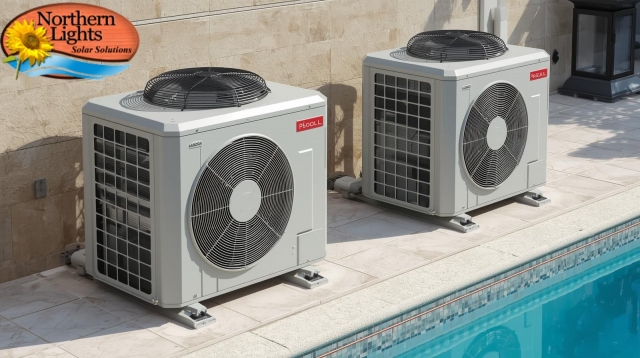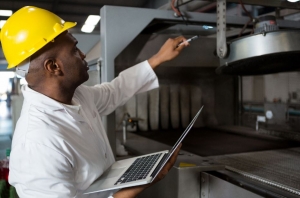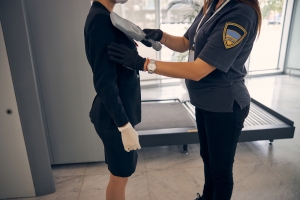Are you upgrading to a heat pump for pools? If yes, then you should look no further than an Arctic Pool Heat Pump. This system offers an incredible opportunity to save on heating costs and enjoy year-round comfort.
One common question pool and spa owners ask is whether to handle the installation themselves or seek professional help. Please check out what to know about installation requirements, electrical needs, and why Arctic models stand out with their “no refrigeration mechanic needed” advantage:
What to Prepare for Installation?
The Arctic Pool Heat Pump requires specific conditions to work efficiently. This system demands good airflow around the fin coils to maximize performance. The unit needs to be installed outdoors on a stable, level surface like a concrete pad or stand, with enough clearance.
The heat pump system should usually be at least one foot from walls or obstructions to avoid recirculating hot or cold air back into the system. The heat pump should be sheltered from extreme direct sunlight and well-ventilated to prevent overheating or efficiency loss.
Space needs to be left around the unit for maintenance and repair access. In freezing climate conditions, the unit should be elevated to prevent ice buildup under the base. It's suggested to avoid installing near flammable materials or in environments prone to corrosive substances like salt spray or industrial pollutants for longevity.
On the plumbing side, piping materials should be durable and heat-resistant like PEX or stainless steel, with proper drainage and circulation pumps in place. Most installations require a bypass valve system that allows you to optimize water flow and service the pump without shutting down pool circulation.
What about its Safety and Compliance?
Typically, the Arctic Unit runs on a 240V power supply and requires a dedicated circuit with an appropriate breaker size based on the model. Electrical wiring must be outdoor-rated, protected in conduit, and grounded, adhering to the local electrical codes. A nearby service disconnect switch is significant for safe maintenance.
Wiring involves high-voltage connections and control cables, so it's best handled by a qualified electrician. They can avoid hazards and ensure compliance with building regulations.
The heat pump features Wi-Fi-enabled controllers for easy remote operation. But the initial power and communication wiring must be properly set up to support these smart features.
Choosing between DIY and Professional Installation
While there is an advantage to DIY installation with Arctic's user-friendly system, success depends on the installer's comfort level with electrical work, plumbing, and adherence to local codes. Most pool owners enjoy managing their setup, especially when facilities like Wi-Fi control and simple plumbing schemes are involved.
However, engaging a professional like a licensed HVAC technician or a pool system specialist can help with electrical wiring, circuit installation, and any plumbing beyond basic connections. This ensures safety, code compliance, and maximum system performance.
Final Consideration:-
Are you looking to invest in pool heat pumps? If yes, then you should look no further than the Arctic Heat Pump available at Northern Lights Solar Tubs. Our efficient heat pump for pools provides easy installation, low maintenance, and exceptional cold-weather performance.
Whether DIY or professionally installed, our pool heat pump system delivers cost-efficient, year-round comfort to enhance your pool or spa experience.






